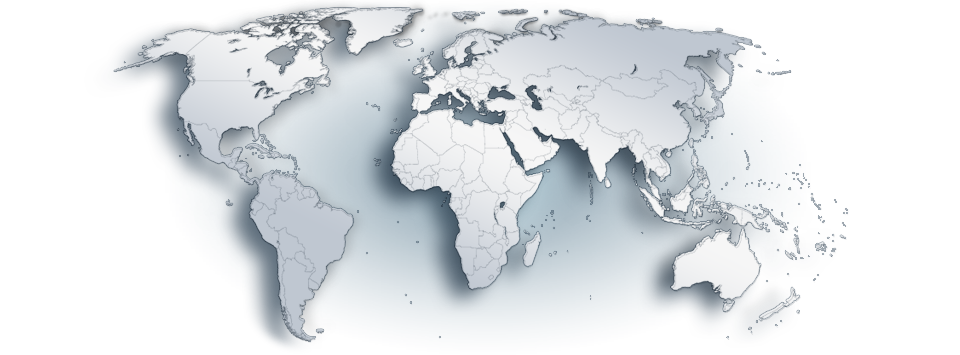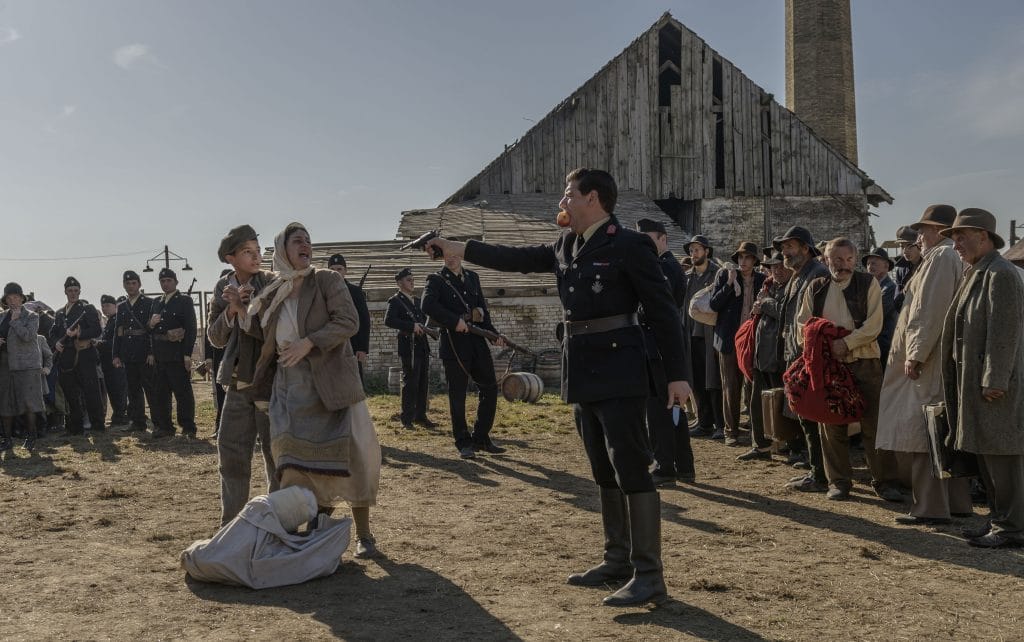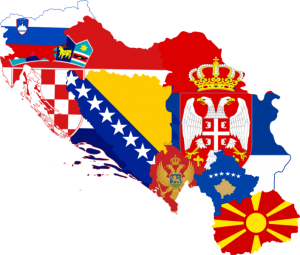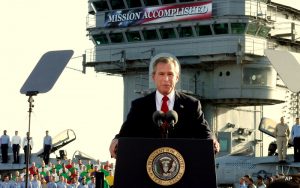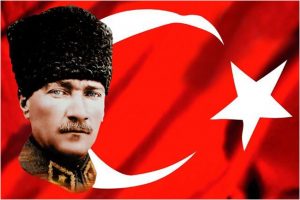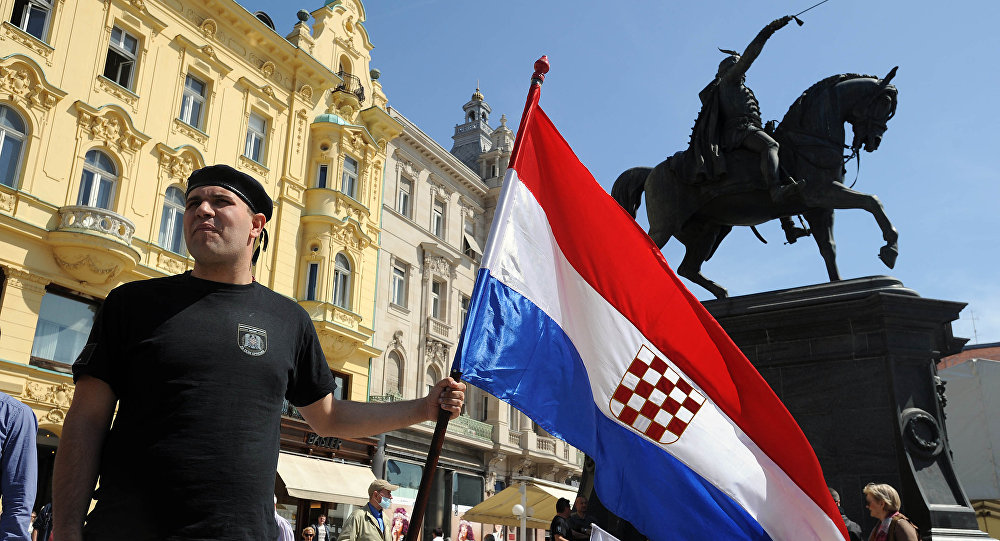
Views: 1897
Many Croatian schoolchildren know little about crimes committed under the country’s World War II-era fascist regime – but experts claim that the revisionist political environment is more to blame than the education system.

The former Jasenovac concentration camp, one of the most important World War II historical sites in the former Yugoslavia, is around 110 kilometres from Croatia’s capital Zagreb – an hour and a half by bus.
But no schools in Zagreb sent their pupils on trips to the Jasenovac Memorial Site last year.
Out of a total of 909 primary schools in Croatia, only seven of them organised visits for pupils to Jasenovac in 2018, while only eight of the country’s 401 high schools did so.
As the trend towards historical revisionism continues in Croatia and the crimes committed by the country’s WWII fascist Ustasa regime are often publicly downplayed, children in Croatian primary and secondary schools do not have many opportunities to become familiar with what happened under Ustasa rule from 1941 to 1945.
Miljenko Hajdarovic, a high school teacher from the town of Cakovec, told BIRN that teachers are only obliged to devote a minimum of one school period (45 minutes) each year to the topic of the Ustasa-led WWII-era Independent State of Croatia, NDH, which established the Jasenovac concentration camp – although individual teachers can devote more time to the subject if they wish, as Hajdarovic does.
Pupils’ knowledge of the period is patchy, experts believe. According to research conducted by Croatian NGOs led by the GOOD initiative in 2015, 48 per cent of senior secondary-school students were not sure if the NDH was a fascist creation, and about 22 per cent thought it was not.
Anja Gvozdanovic, one of the authors of the research, told BIRN that this uncertainty largely stems from the post-war socio-political context in which the students have grown up and been educated.
“Since the 1990s, the state leadership has opened the door wide to Ustasa-ism in the form of rhetoric, symbols and even cultural elements, and the unquestionable public condemnation of the NDH period has more often than not been absent,” she said.

Textbooks identify dictatorship
According to the Jasenovac Memorial Site, the Ustasa killed over 83,000 Serbs, Jews, Roma and anti-fascists at the camp between 1941 and 1945, when the NDH government lost power.
BIRN analysed four separate textbooks for schoolchildren at primary and secondary schools and found that they all presented the historical facts related to the NDH in a similar way. All of them pointed out that NDH was an unrecognised, dictatorial state which was dependent for leadership on Nazi Germany and fascist Italy.
“Even though it was called ‘independent’, in nearly all the important issues from the beginning to the end of its existence, it depended on Italy and Germany,” says the textbook for the 4th grade of secondary school, written by Hrvoje Petric and Jaksa Raguz.
The textbooks explain the racial policies of the Ustasa movement and mention the official number of victims at Jasenovac, although some of them say that Serbia tried to inflate the death toll “to create a myth of the genocidal [character] of Croats”, according to the Petric and Raguz textbook.
A primary school textbook by Kresimir Erdelja and Igor Stojakovic notes however that “on the Croatian side, there were attempts to reduce the number of victims or even claims that there were no crimes in the [Ustasa-run] camps, but that the only victims were those who died a natural death”.
Teachers who spoke to BIRN said however that textbooks are not the major problem with teaching on WWII history.
Hajdarovic said that another serious issue was insufficient knowledge among history teachers themselves, as well as outdated teaching methods such as learning by rote.
“Official documents such as curricula or textbooks are the least of our problems. A much bigger problem is how the Ustasa and the NDH are taught in numerous [university] history departments, or what teachers actually teach in the classroom,” he said.
“We are still focused on what information the students will learn by heart, and will forget before the end of the same grade, instead of focusing on the development of historical thinking, researching and critical thinking,” he added.
In the coming weeks, a new history curriculum is to be introduced, and experts have already expressed fears that it will be worse that what exists now – less autonomy will be given to teachers, and students will be more burdened by the obligation to memorise facts. There has also been speculation that lessons on the 1990s ‘Homeland War’ will take up a third of the lessons dedicated to the 20th Century.
In terms of the deficiencies of teaching on WWII, Hajdarovic suggested that it was significant that the Education and Teacher Training Agency, a public institution, organizes an annual meeting with teachers on the topic of the Holocaust which is limited to just 50 participants.
“If only history teachers come to this seminar, it would take more than 30 years for everyone to go through that education. But since various subject teachers are involved, it seems that we will need at least a double that, or at least a century,” Hajdarovic said.
Students and teachers alike are only superficially acquainted with the suffering of the Roma people in the Ustasa camps; only recently was the first handbook on the issue for teachers published.
The handbook, entitled ‘Roma in the Second World War and in the Independent State of Croatia, 1941-1945’, was produced after an exhibition about the Roma was displayed at five schools in Croatia.
“Teachers and students’ reactions to the exhibition were positive, we had calls to set it up in other schools, but unfortunately there was no money [to fund it],” Ivo Pejakovic, the director of the Jasenovac Memorial Site, who was one of the authors, told a presentation of the handbook in Zagreb this month.

Students surprised by brutality
Pejakovic said that there are so few school trips to the Jasenovac Memorial Site because there is no ministerial funding on offer, unlike school trips to Vukovar, the scene of a devastating 1990s siege by Belgrade’s forces, which are funded by the Veterans’ Ministry.
A two-day visit to the town of Vukovar has been compulsory for eighth-grade pupils as part of the school curriculum since 2016.
“So [the organisation of trips to Jasenovac] is all about the enthusiasm of some professors and teachers working in schools,” Pejakovic said.
One of the teachers who has such enthusiasm is Hajdarovic, who often takes students on excursions to Jasenovac because he sees field trips as a unique opportunity for learning. “I use field trips to Jasenovac [as a basis to teach] the whole story about the events during the Second World War in Croatia,” he explained.
In the spring of 1945, after became evident that the Nazi Germany and the Ustasa would be defeated, the camp and the village of Jasenovac were demolished and burnt to the ground in order to cover up the traces of the crimes committed.
That means the memorial area at Jasenovac is not like the biggest Nazi camp, Auschwitz in Poland, where visitors can see barracks, gas chambers, crematoria, prisoners’ rooms and other original or partially-reconstructed buildings.
The Jasenovac memorial complex has a huge monument to the victims, while the original sites of buildings and execution sites within the former camp itself are marked by earth mounds and hollows.
But Jasenovac does have a museum and education centre, and assistant curators work with visiting school groups. At the education centre, children are told how, for example, renowned inventor Nikola Tesla’s cousin was killed at Jasenovac, so that the pupils can relate to someone whose name they know.
“Students are usually surprised by the brutality of events and it is difficult for them to imagine that something like that was possible. The most common questions were how the perpetrators could engage in a crime, what the detainees did wrong, and whether they provided resistance,” said Hajdarovic.
Igor Despot, a teacher from one of Zagreb’s primary schools, expressed regret that he has never taken his pupils on a school trip to Jasenovac.
“I never tried it because I assumed that there would be resistance in school and in the local community. Unfortunately, in most of Croatia, there is no possibility of ‘real teaching’ because publicly-supported revisionists have done their job. I accept part of the responsibility,” Despot told BIRN.

Role models outside school
Teachers and campaigners also suggest that children’s views of Croatia’s WWII history are affected by what they see and hear outside school – including the open public use of Ustasa symbols and slogan by role models like footballers.
“A good example is [Croatian football star] Josip Simunic who shouted [Ustasa slogan] ‘Za dom spremni’ after a match on the microphone, as well as [right-wing pop star Marko Perkovic] Thompson, with whom Ustasa iconography is frequently linked, who performed at a reception for the [Croatian national football] team after the World Cup,” Nikola Puharic, a historian and a member of the Youth Initiative for Human Rights NGO, told BIRN.
Some young Croatians revere the Ustasa regime and use hate speech targeting minorities, particularly Serbs; some also display their nationalist views on T-shirts with right-wing messages.
In May last year, some pupils from a Zagreb high school wore T-shirts with the slogan “Za dΩ [the symbol for ‘ohm’] spremni” – a reference to Ustasa salute ‘Za dom spremni’ – during a graduation celebration.
There has also been a series of books published in recent years that deny or downplay crimes committed by the Ustasa regime; their authors are often featured by Croatian media.
“We live in times that are really marked by the concepts of alternative truth or ‘post-truth’ in society and politics. Children live in such a society; such materials are available in news, the on [state television channel] HRT, and on websites,” Hajdarovic said.
Pejakovic believes that these works have a negative influence on the whole of society, and that this trickles down to schoolchildren.
“One should not forget the importance of what students learn about different interpretations of history at home, because a family member – a father, a mother, a grandparent – may sometimes be a greater authority for a child than a history teacher,” he explained.
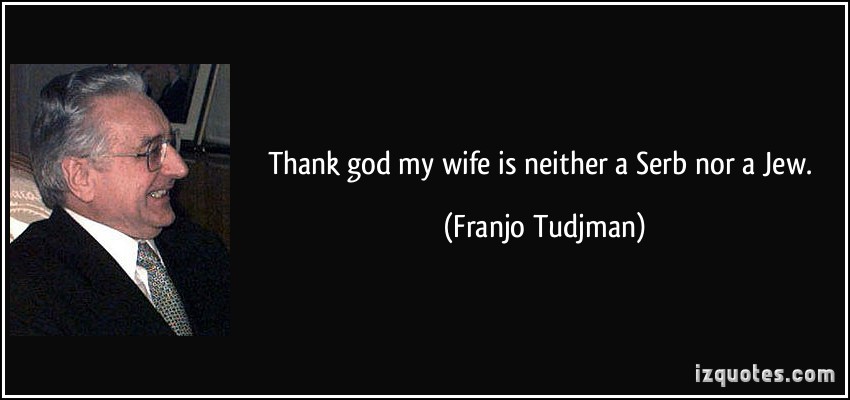
Originally published on 2019-01-31
Author: Anja Vladisavljevic
Source: Balkan Insight
Origins of images: Facebook, Twitter, Wikimedia, Wikipedia, Flickr, Google, Imageinjection & Pinterest.
Read our Disclaimer/Legal Statement!
Donate to Support Us
We would like to ask you to consider a small donation to help our team keep working. We accept no advertising and rely only on you, our readers, to keep us digging the truth on history, global politics and international relations.

